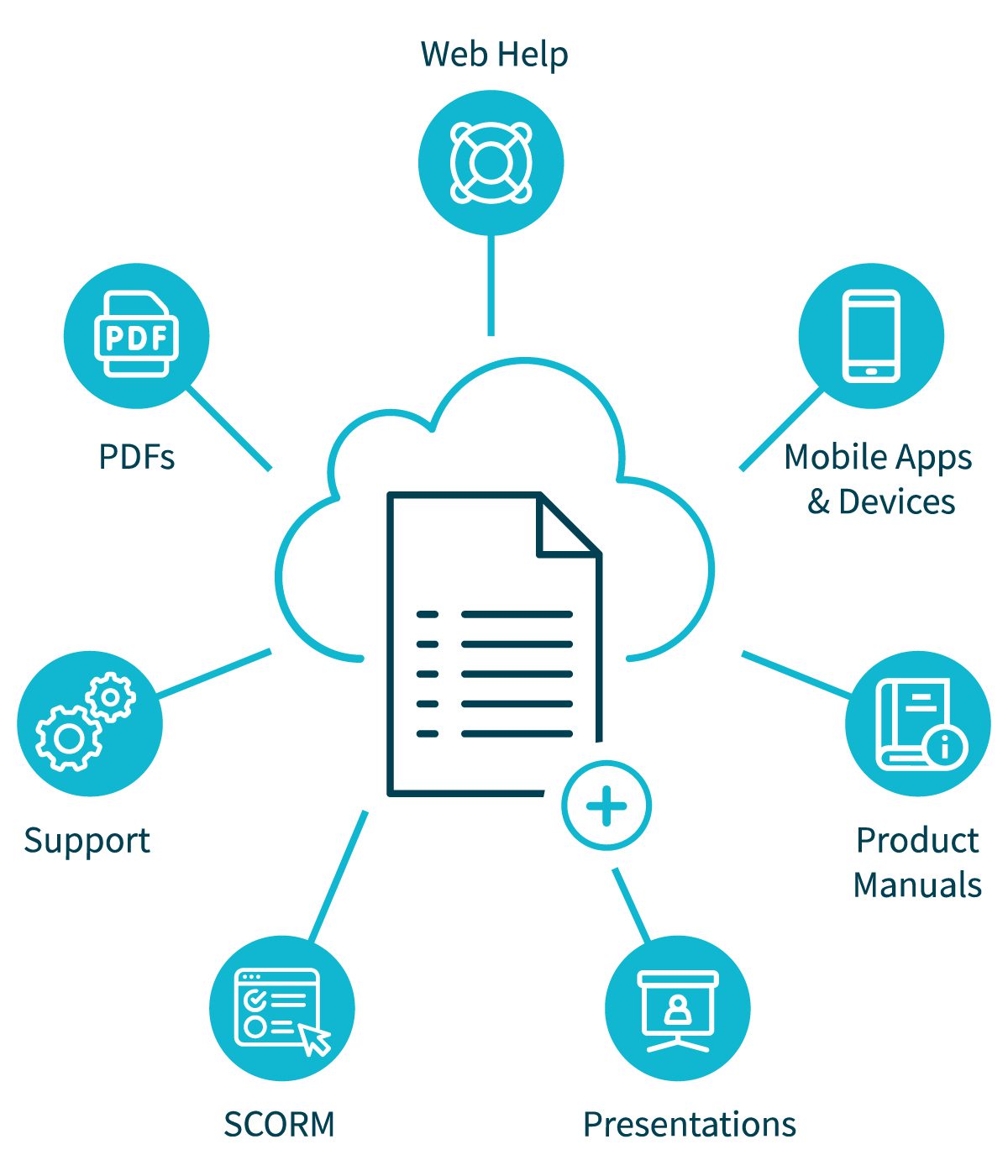Lost in translation - a look at localization
What is localization?
With more and more businesses expanding into international markets, accurately translated content is crucial for success. As a company expands, globalization, internationalization, translation and localization all affect their chances for market success and customer adoption.
Localization is when a product or service is adapted to a particular language, culture or other necessity of the target market or ‘locale’. In a majority of cases a large part of this involves the translation of content from one language to another.
However, localization isn’t just translating text. Here are a few examples of varied communication by locale:
Dates: mm/dd/yyyy or dd/mm/yyyy?
Time: 12 hours or 24 hours?
Measurement: metric or imperial?
Paper size, currency, phone number format
The list goes on and on.
The challenges of localization
Whether you choose to manage translation in-house or outsource to an external vendor, localization is an expensive, unpredictable process. Why?
The average cost of translation in the US is $0.25 per word. Translating a 500 page document with 200 words per page could start at $25,000.
Text expansion, right to left languages and pagination require desktop publishing for proper layouts, adding 30-50% of the overall cost for localization. That’s $10,000 for that same document, bringing you to $35,000.
Changes in regulation or product updates might force you to alter 5% of your content and add 20 pages. And this is all for one document, bringing that total up by another $1000+/
Aside from cost, localization is time consuming and demands accuracy.


Localization made easy
So what’s the solution?
First, start at the source: your content. Simply write less. Content that’s written in a short, simple, concise and informative way is easier to manage, edit, localize and update.
Second, get rid of document-based systems, such as Word. By using a component authoring tool, you can break your content down to a single word. Components are created once, localized and then reused across any number of documents our outputs.
Once information is componentized, and localized, if you need to update your content, you’ll only need to re-translate the information that has been modified – not the entire document. This simplifies the entire creation, management, localization and publishing process of your global content, which saves time to delivery and cuts translation costs exponentially.
With a component authoring approach to localization you have less to translate. Period.
Translate content once at the onset. Only the content that has been modified or updated will be translated – not the entire document.
Save money on translating content by reusing components. Fewer words = lower costs.
Reduce time to market. Translators don’t need to waste time checking content that’s already localized.


The solution
Managing your entire documentation process from start to finish on one platform, saves time, money, resources and errors. Author-it was created with the author in mind, understanding the challenges that come with authoring in document-based solutions. Whether your focus is technical documentation, eLearning course creation, or clinical and regulatory, our solutions allow you to create, collaborate, manage, localize, reuse and publish content – with or without coding expertise. All on one platform.
Learn more about Author-it! Reach out to us today to find out more.







